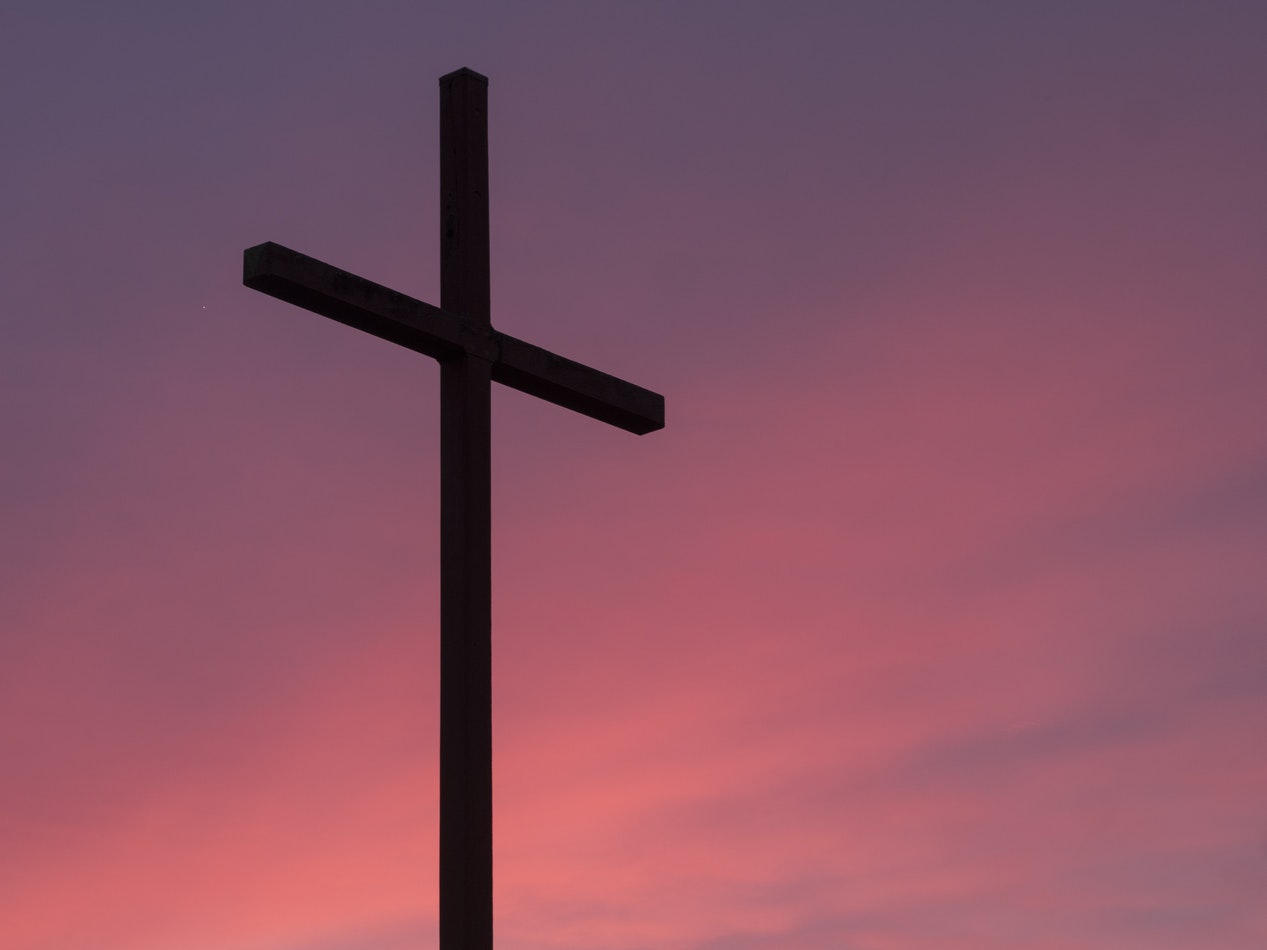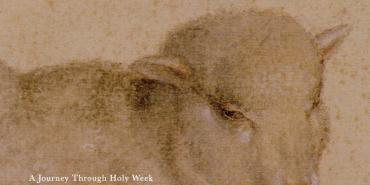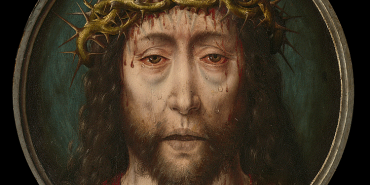Lent: Preparation for Easter

In the past, some evangelical churches spurned any observation of Lent, associating it with "high church" liturgical worship. But today many of those same churches, including numerous Nazarene churches, are rediscovering certain aspects of the historic Christian tradition as a means of refocusing on spirituality in a world that is increasingly secular.
The Christian calendar, unlike the calendar on your desk or wall, does not run from January to December. Instead it runs from the beginning of Advent (the four Sundays preceding Christmas) to the beginning of the next Advent season.
The Christian Church, following Jewish tradition, has long used the seasons of the year to emphasize certain aspects of worship. While Jewish tradition focused on the Exodus, the Christian year centers on the life and ministry of Jesus. The Christian calendar is organized around two major centers of sacred time:
1. Advent - Christmas - Epiphany
2. Lent - Holy Week - Easter - Pentecost
The rest of the year, called Ordinary Time, runs from Epiphany to Lent, and again from Pentecost to Advent. The word "ordinary" does not mean common or mundane, but comes from the word ordinal and means "numbered time" (referred to as first Sunday after Epiphany, second Sunday after Epiphany, first Sunday after Pentecost, etc.). Ordinary Time is generally used to focus on various other aspects of the Christian heritage and on our commission to take the gospel to the world.
This article focuses on Lent.
Lent is to Easter what Advent is to Christmas. Both are times of preparation.
Just as Advent is the season of preparation for Christmas, Lent is the season of preparation for Easter.
The word "Lent" means "lengthen" and refers to "spring," that time of year, after a cold winter, when days become longer and new life begins to burst forth everywhere. The time when migratory birds reappear, crocuses emerge from the cold ground, and daffodils put forth their shoots.
The dates of Lent vary from year to year because they are based on the lunar calendar rather than the solar calendar. Lent begins on Ash Wednesday, the seventh Wednesday before Easter. On Ash Wednesday we are called to remember that life is a gift from God to be cherished and that we must one day give it up. We are to remember that we were made from dust and shall return to dust and to reflect somberly on the depth from which we have been lifted.
Often what we see when we worship is as important as what we hear. Thus in some churches ashes are applied by the minister to the foreheads of worshipers on Ash Wednesday. First a vertical line is made, an "I" that stands for the old sinful self that we once were. Then across it a horizontal line is made, thus forming a cross! The sinful self is crossed out! The ashes made in the form of a cross remind us of the suffering of Christ on the Cross, by which our sins are canceled.
But that is not the end of our story! Ash Wednesday also reminds us that Easter is coming! So if Lent begins with the gloom of Ash Wednesday, it ends on Easter with a mighty, world shaking boom when Christ was raised from the dead as the harbinger of our own resurrection!
The observance of Lent as a special season in the Christian year began in the fourth century. It spans the 40 weekdays from Ash Wednesday to Holy Saturday. Since every Sunday celebrates Christ's resurrection, the six Sundays occurring during Lent are not counted as part of the 40 days of Lent. The number 40 is connected with many biblical events, but especially with the 40 days Jesus spent in the desert preparing for His ministry by facing and overcoming temptation (Matthew 4:11).
Christians should use this period as a time for introspection, self-examination, and a spirit of repentance.
We remember John Wesley's assertion in his sermon, "The Repentance of Believers," that repentance does not belong solely at the beginning of the Christian life but is also required at every stage thereafter.
Lent is a season for prayer and fasting. Many people observe Lent by giving up certain things purposefully, such as meat, sweets, and other foods. It is also a time for focusing on charitable deeds, helping needy people with gifts of food or clothing, or simply giving money to compassionate ministries. Of course, in doing such good deeds, one should remember our Lord's admonition: "Beware of practicing your piety before others in order to be seen by them" and "whenever you pray, do not be like the hypocrites; for they love to stand and pray in the synagogues and at the street corners, so that they may be seen by others" (Matthew 6:1-5, NRSV).
Again remembering that what we see may be as helpful as an aid to worship as what we hear, some churches make use of liturgical colors throughout the year. The color used in the sanctuary during Lent is usually purple which symbolizes pain, suffering, and mourning. It is often the color of a bad bruise, reminding us that our Lord "was wounded for our transgressions" and "bruised for our iniquities" (Isaiah 53:5, KJV).
It reminds us of the suffering of Jesus leading up to His crucifixion as well as the suffering of humanity under sin. Purple is also the color of royalty, and thus anticipates through the suffering and death of Jesus the coming resurrection and hope of newness of life that will be celebrated on Easter Sunday. It is because of Easter that Jesus is not only our Prophet and Priest but also our coming King who will reign upon the throne forever.
Rob L. Staples is professor of theology emeritus at Nazarene Theological Seminary.
Holiness Today, March/April 2011
Please note: This article was originally published in 2011. All facts, figures, and titles were accurate to the best of our knowledge at that time but may have since changed.




